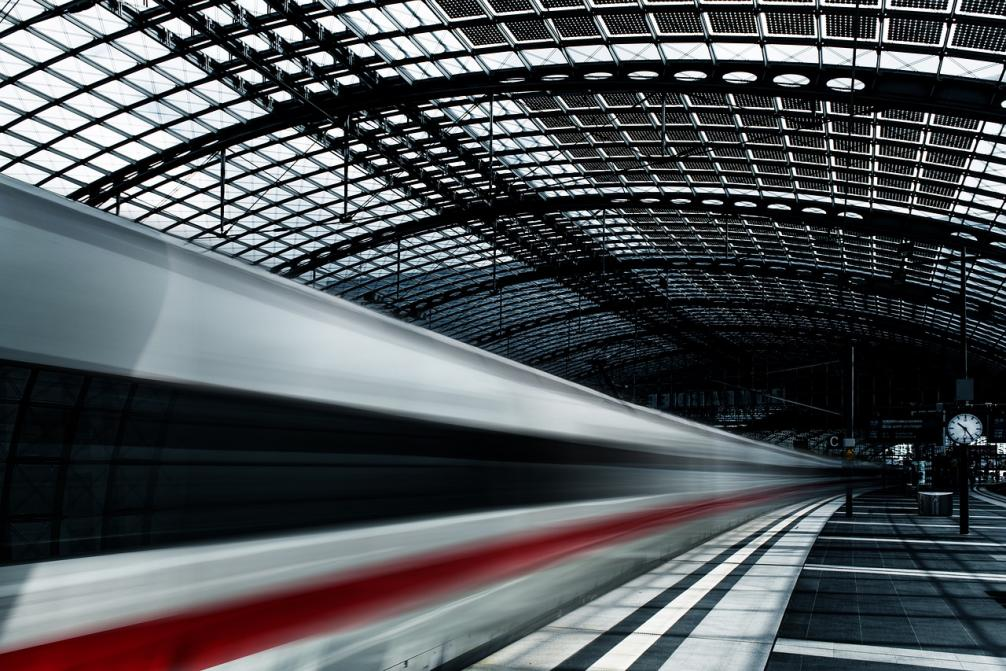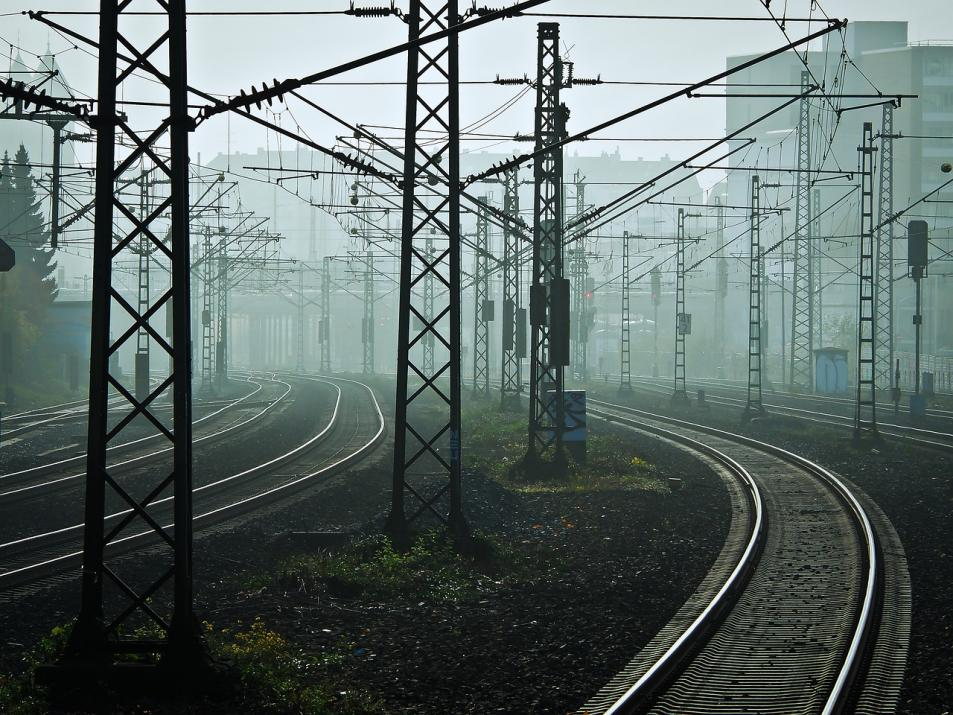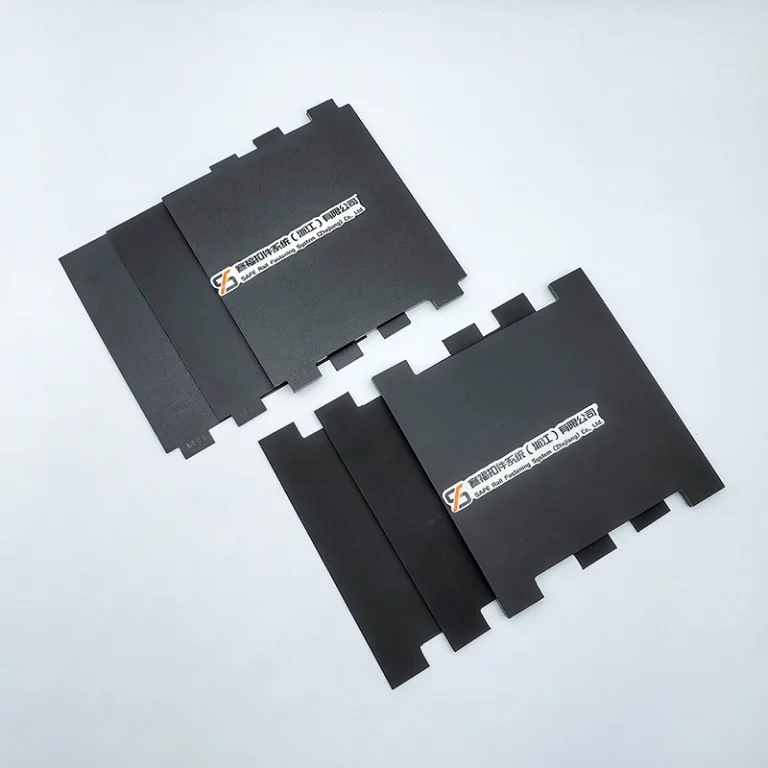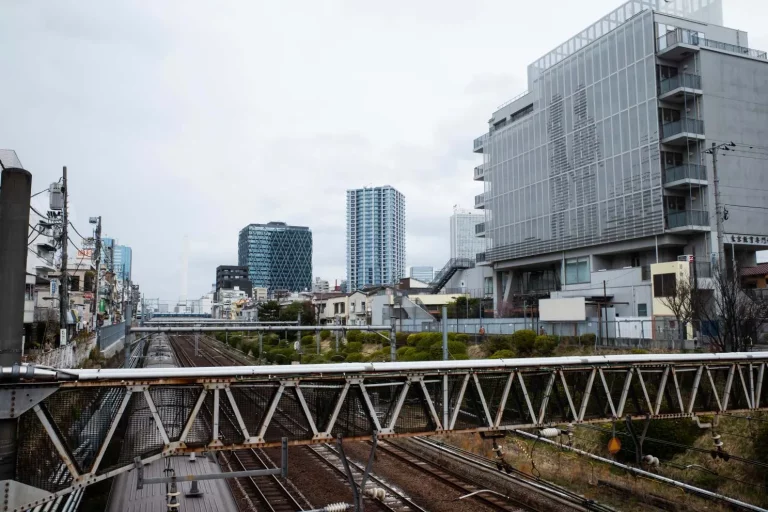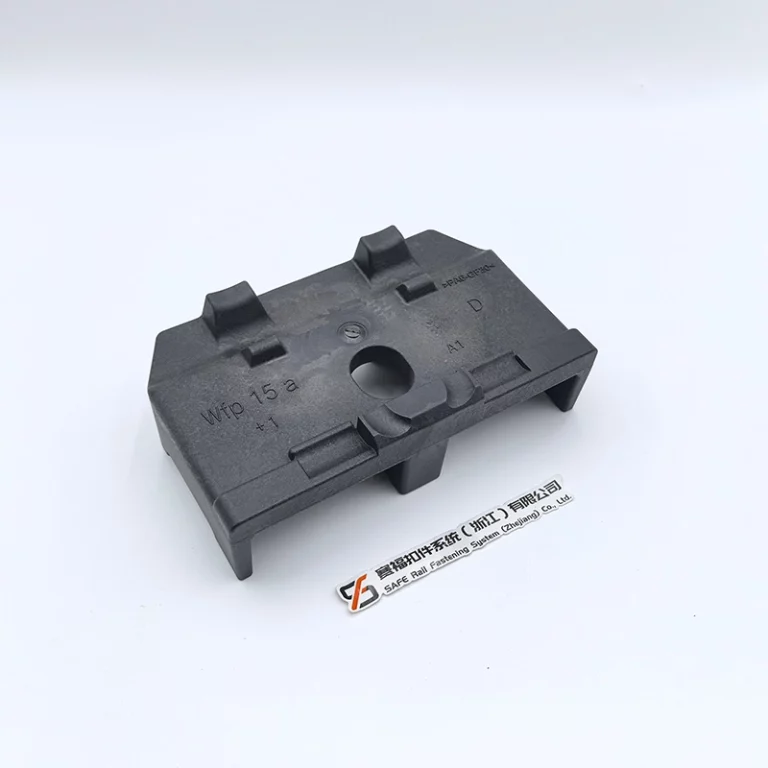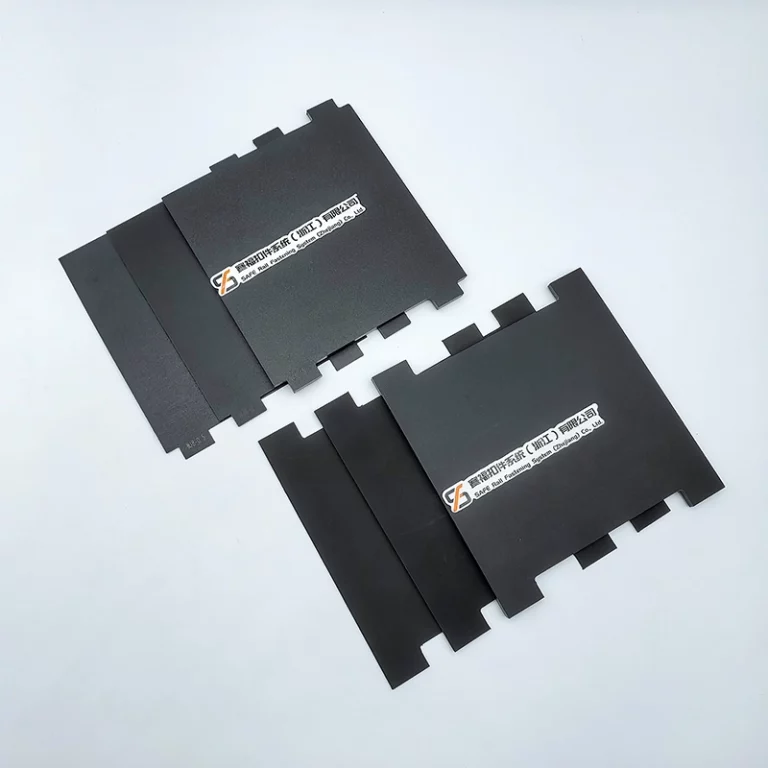Overview of Railway Track Components
The Importance of Understanding Train Tracks
Understanding the components of train tracks is crucial for maintaining the efficiency, safety, and longevity of railway systems. As trains continue to serve as a critical mode of transportation for people and goods, having a solid grasp of what makes up a railway track can help in diagnosing issues, performing maintenance, and ensuring overall operational effectiveness. For rail enthusiasts, engineers, and the general public alike, knowledge about train tracks can inform discussions on infrastructure improvements and innovations within the railway sector.
Key Elements of a Train Track System
A train track system comprises various critical components, each playing a unique role in supporting and guiding trains. The essential parts include rails, sleepers (also known as ties), and fastening systems. Combined, these elements provide a solid and continuous path for trains, ensuring smooth transit and evenly distributed weight. Additionally, each component must work in harmony with the others to withstand the immense forces exerted by passing trains and varying weather conditions.
Primary Components of Railway Tracks
Rails
Rails are the most recognizable part of a train track system. They are long, steel bars laid in parallel pairs to form the track’s primary surface, guiding the train wheels. High-quality steel is used in manufacturing rails to ensure they can endure significant mechanical stress and resist wear. Each rail’s dimensions and weight are carefully specified to match different types of trains and track load requirements. Modern rails are also treated for durability to minimize maintenance needs and extend the railway’s lifespan.
Sleepers (Ties)
Sleepers, or ties, are horizontal supports laid perpendicular to the rails. They play a pivotal role in distributing the load from the rails to the underlying ballast and subgrade. Sleepers also maintain the alignment and gauge of the rails, crucial for ensuring that trains travel smoothly and safely. Traditionally, sleepers were made of wood, but contemporary systems increasingly use concrete, steel, or composite materials for improved durability and performance. Each type of sleeper has its benefits, such as concrete’s resilience against rotting and steel’s robust strength.
Fastening Systems
Fastening systems serve to secure the rails to the sleepers, preventing any unwanted movement of the rails that could lead to derailments. These systems typically consist of clips, bolts, and pads that provide a stable connection between the rail and the sleeper. Advanced fastening systems are designed to absorb vibrations and reduce noise, contributing to a safer and more comfortable railway experience. Regular inspection and maintenance of fastening systems are essential to address wear and tear, ensuring they continue to function effectively over time.
Supporting Structures and Accessories
Ballast
Ballast is the layer of crushed stones or gravel laid beneath the sleepers, providing stability and drainage for the railway track. This component helps to evenly distribute the weight across the subgrade, preventing undue pressure that could lead to track deformation. The size and type of ballast used can affect the overall performance of the railway system; therefore, strategic selection and regular maintenance are required. Ballast also plays a crucial role in allowing water to drain away from the track, reducing the risk of water-related damage.
Subgrade
The subgrade is the foundation upon which the entire railway track structure rests. Composed of compacted soil or other ground materials, the subgrade needs to be robust and stable to support the immense loads imposed by passing trains. A well-prepared and maintained subgrade ensures the track above remains level and reduces the likelihood of structural failures. Proper assessment and improvement of subgrade conditions are necessary before laying tracks, often involving soil stabilization and earthworks.
Drainage Systems
Efficient drainage systems are essential for maintaining the integrity of railway tracks. These systems are designed to direct water away from the track and its underlying layers, preventing water accumulation that could weaken the subgrade or cause erosion. Common components include ditches, culverts, and drainage pipes strategically placed to handle water runoff effectively. Regular inspection and timely maintenance of drainage systems are vital to keep the railway track in optimal condition, ensuring safety and reducing long-term maintenance costs.
Specialized Railway Track Features
Switches (Points)
Switches, also known as points, are specialized components that enable trains to change tracks. They consist of a pair of movable rails that can align with either of the two diverging tracks, guiding the train to the desired route. The precise operation of switches is critical for safe and reliable train movements, particularly in complex track layouts and busy railway networks. Regular inspection and maintenance of switches are necessary to avoid mechanical failures that could disrupt train operations and compromise safety.
Crossings
Crossings are where two railway lines intersect at the same level, allowing trains to pass over each other’s paths. These components are designed to enable smooth transitions while minimizing the impact on train speed and safety. Crossings come in various configurations, depending on the angle of intersection and the type of railway lines involved. Maintenance of crossings involves ensuring that the rails and supporting structures are kept in good condition to handle the forces exerted by crossing trains, as well as to facilitate efficient and safe transitions.
Electrification Equipment
For electrified railway systems, additional components such as overhead lines or third rails are required to provide power to electric trains. Electrification equipment includes catenary systems, which consist of wires suspended above the tracks, and substations that convert and distribute electrical energy. These systems must be meticulously maintained to ensure consistent power supply and to prevent electrical failures that could lead to service disruptions. Additionally, electrification equipment involves specialized safety measures to protect maintenance workers and train operators from potential electrical hazards.
Conclusion: Integrating Knowledge on Train Tracks for Better Understanding
By understanding the various components and supporting structures of train tracks, individuals involved in railway operations can better appreciate the complexity and importance of maintaining this critical infrastructure. From rails, sleepers, and fastening systems to ballast, subgrade, and drainage systems, each element plays a vital role in the overall functionality and safety of railway networks. Furthermore, specialized features such as switches, crossings, and electrification equipment underscore the advanced engineering that goes into modern railway systems. A thorough comprehension of these components allows for better maintenance practices, informed discussions on infrastructure development, and ultimately, a more efficient and reliable rail transport system.
SAFE Rail Fastening System (Zhejiang) Co., Ltd.
In the bustling world of train track components, where steel meets sleepers and clips clasp with the tenacity of a toddler’s grip on a cookie, there’s a hero that often goes unsung: the humble rail fastening system. Enter SAFE Rail Fastening System (Zhejiang) Co., Ltd., a titan of tightness, a sultan of security, nestled in the heart of China’s manufacturing mecca, Zhejiang Province.
With an investment that would make even the Monopoly man tip his top hat—over 50 million RMB—SAFE churns out a whopping 5 million sets of rail fastening systems annually. Their automated 3D warehouse doesn’t just store products; it hoards them like a dragon’s treasure, with a capacity of 30,000 tons that would make Smaug envious.
But SAFE isn’t just about quantity. Oh no, they’re the Da Vinci of fasteners, the Michelangelo of rail reliability, crafting their masterpieces with over 100 types of imported automated production and testing gizmos. They’ve got certifications galore, including ISO14001 and CRCC, making them the environmental and quality-conscious choice for tracks that need to stay put, come hell or high-speed trains.
So, when you’re diving into the riveting realm of railroads, tip your conductor’s cap to SAFE Rail Fastening System (Zhejiang) Co., Ltd.—the unsung heroes making sure your journey stays on track, quite literally.



